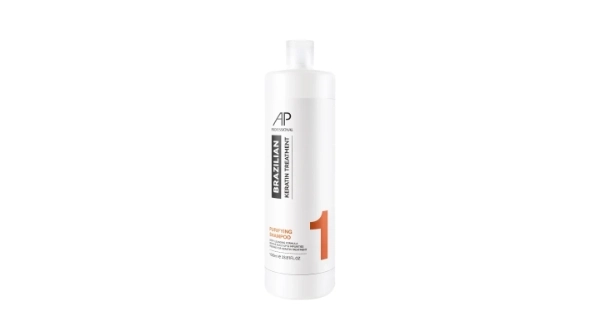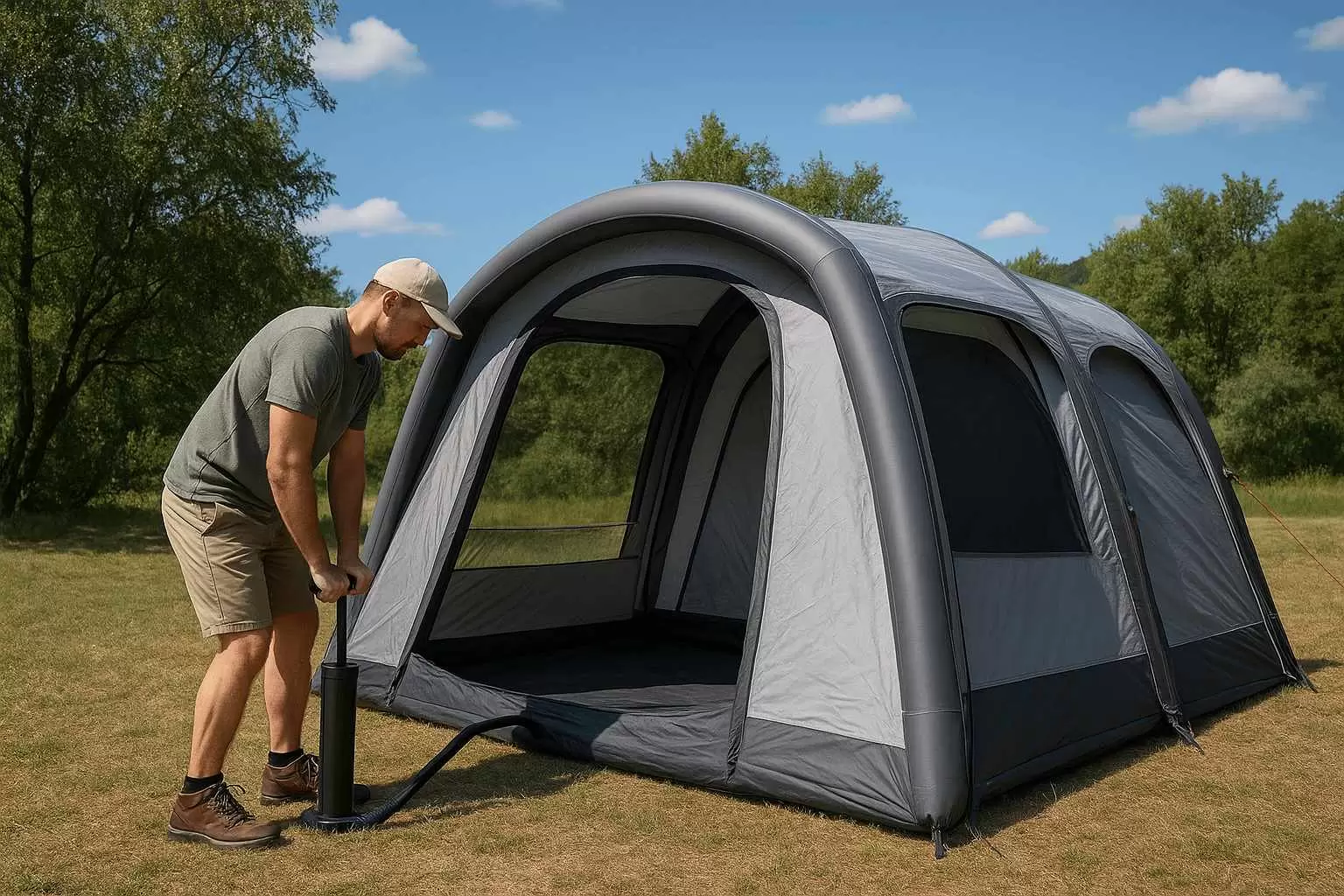Excessive sweating, or hyperhidrosis, is a condition that affects millions of people worldwide. While it can be a source of embarrassment and discomfort, the right clothing choices can significantly alleviate the challenges associated with this condition. In this article, we will explore the best fabrics, styles, and tips for selecting clothing that not only minimizes sweat visibility but also enhances comfort and confidence.
Understanding Hyperhidrosis
Before diving into clothing recommendations, it’s essential to understand hyperhidrosis. This condition can be localized (affecting specific areas like the armpits, hands, or feet) or generalized, impacting the entire body. The causes can range from genetic factors to hormonal changes, stress, or underlying medical conditions. Regardless of the cause, the primary goal is to manage sweat effectively, and clothing plays a crucial role in this.
Fabric Matters: Choosing the Right Materials
When it comes to managing excessive sweating, the choice of fabric is paramount. Here are some of the best materials to consider:
- Natural Fibers:
- Cotton: Known for its breathability and moisture-absorbing properties, cotton is an excellent choice for everyday wear. It allows air circulation, which helps keep the body cool.
- Linen: This lightweight fabric is highly breathable and has a natural ability to wick moisture away from the skin. Its loose weave allows for better airflow, making it ideal for hot weather.
- Bamboo: Bamboo fabric is not only soft and comfortable but also has natural antibacterial properties. It effectively wicks moisture away and helps reduce odor.
- Moisture-Wicking Fabrics:
- Polyester and Nylon Blends: These synthetic materials are designed to pull moisture away from the skin and dry quickly. They are often used in athletic wear and can be beneficial for those who sweat excessively during physical activities.
- Merino Wool: Surprisingly, merino wool can be a great option for managing sweat. It can absorb moisture while still feeling dry against the skin, and it has natural temperature-regulating properties.
- Specialty Fabrics:
- Anti-Microbial Fabrics: Some brands offer clothing made from fabrics treated with anti-microbial agents that help reduce odor and bacteria growth. These are particularly useful for activewear and undergarments.
- Cooling Fabrics: Innovations in textile technology have led to the development of cooling fabrics that actively draw heat away from the body. Look for clothing labeled as cooling or temperature-regulating.
Style Considerations: Cut and Fit
The style and fit of clothing can also influence how comfortable you feel when dealing with excessive sweating:
- Loose-Fitting Clothing: Opt for garments that are not too tight. Loose-fitting clothes allow for better airflow and reduce the chances of sweat getting trapped against the skin.
- Layering Wisely: While layering can be stylish, it’s essential to choose lightweight layers. A breathable tank top under a loose shirt can provide comfort without adding bulk.
- Dark Colors and Patterns: Dark colors and busy patterns can help camouflage sweat stains. While light colors may show sweat more easily, darker shades can be more forgiving.
- Strategic Design Features: Look for clothing with features like underarm gussets, mesh panels, or ventilation zones. These design elements enhance airflow and can help manage sweat more effectively.
Practical Tips for Managing Excessive Sweating
In addition to choosing the right clothing, consider these practical tips to further manage excessive sweating:
- Stay Hydrated: Drinking plenty of water helps regulate body temperature and can reduce the intensity of sweating.
- Use Antiperspirants: Clinical-strength antiperspirants can be effective in managing sweat. Apply them at night for maximum effectiveness.
- Choose Breathable Footwear: For those who experience foot sweating, opt for shoes made from breathable materials and moisture-wicking socks.
- Regular Clothing Care: Wash clothes regularly to remove sweat and odor. Consider using odor-fighting detergents for added effectiveness.
Conclusion
Living with excessive sweating can be challenging, but the right clothing choices can make a significant difference in comfort and confidence. By selecting breathable, moisture-wicking fabrics and considering the fit and style of your garments, you can effectively manage the symptoms of hyperhidrosis. Remember, it’s not just about hiding sweat; it’s about feeling good in your skin and enjoying life to the fullest. With these tips in mind, you can navigate your wardrobe with ease and style, no matter the weather.



More Stories
Sweet Grey Polo Shirt for Girls in the New Spring Style
Versatile 5 People Fiberglass Speedboat for Water Adventures
How to Style Chunky Shoes for Every Occasion